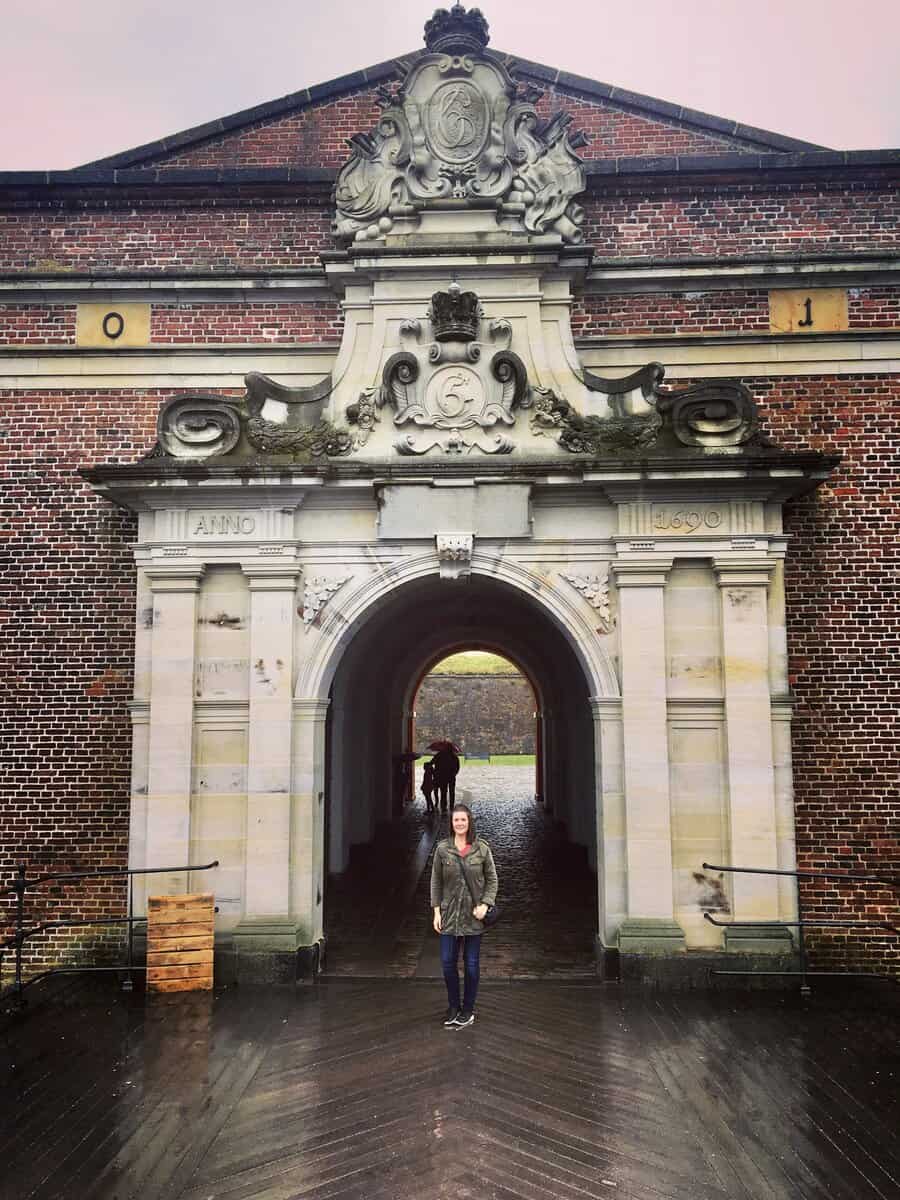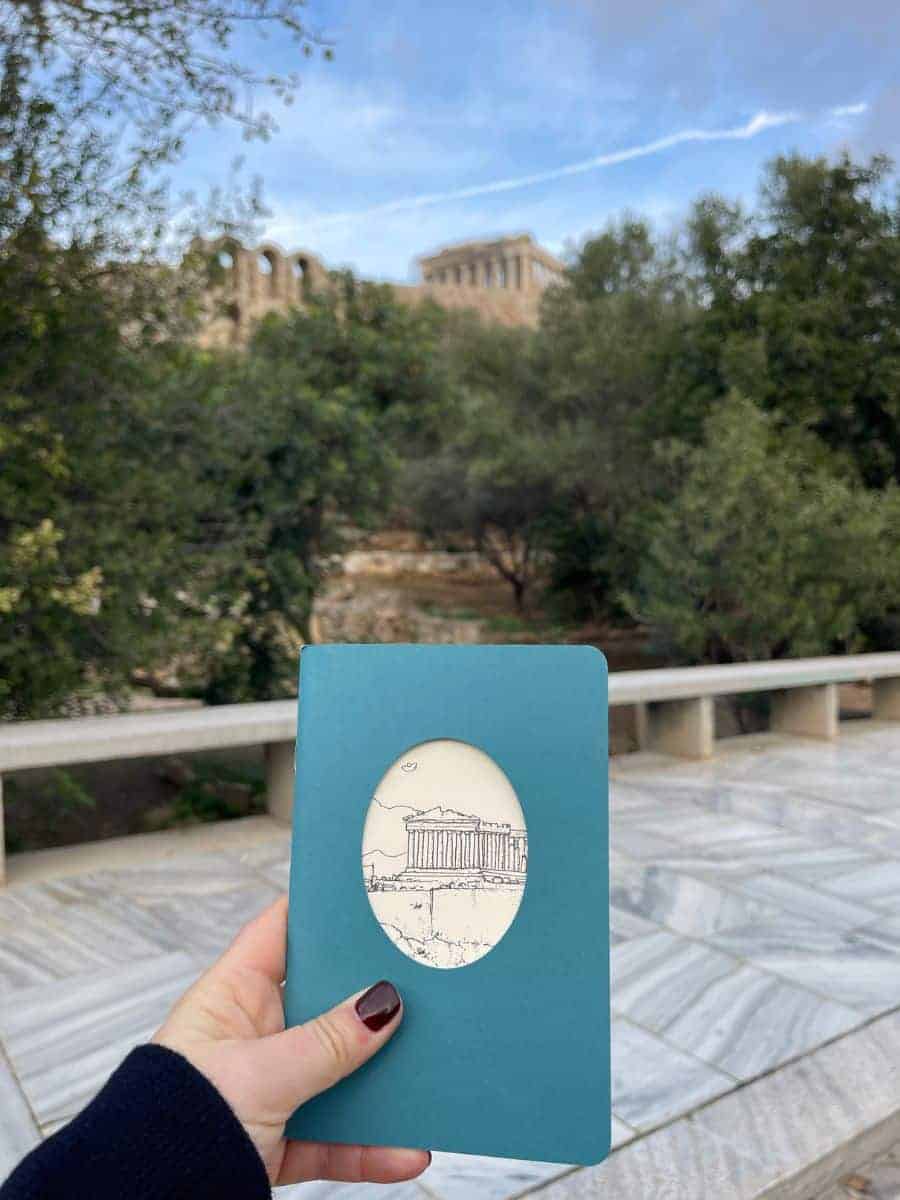A Solo Woman Traveling uses human-written content that contains affiliate links and is a member of Amazon Services LLC. When you make a purchase on a link, we may receive a small commission. This is at no extra cost to you. See Our Affiliate Policy and Advertiser Disclosure for more info.
Some people say I am obsessed with the Christmas Markets in Europe. I say I am just a Christmas market enthusiast. I’ve been known to cross borders for the smell of mulled wine and the glow of fairy lights, so what? Having lived in Berlin for four years, just steps from the city’s largest Christmas market, I got pretty good at helping people plan their trip. Now I want to share everything I know about planning a European Christmas market trip.
Over the years, I have seen travelers leave feeling underwhelmed. They thought the markets were overpriced, overcrowded, and overrated. Most of the time, they just didn’t know how to plan the trip right. With a bit of insider know-how, these markets can be pure magic.
So here it is. My Insider’s Guide to Christmas Markets in Europe!
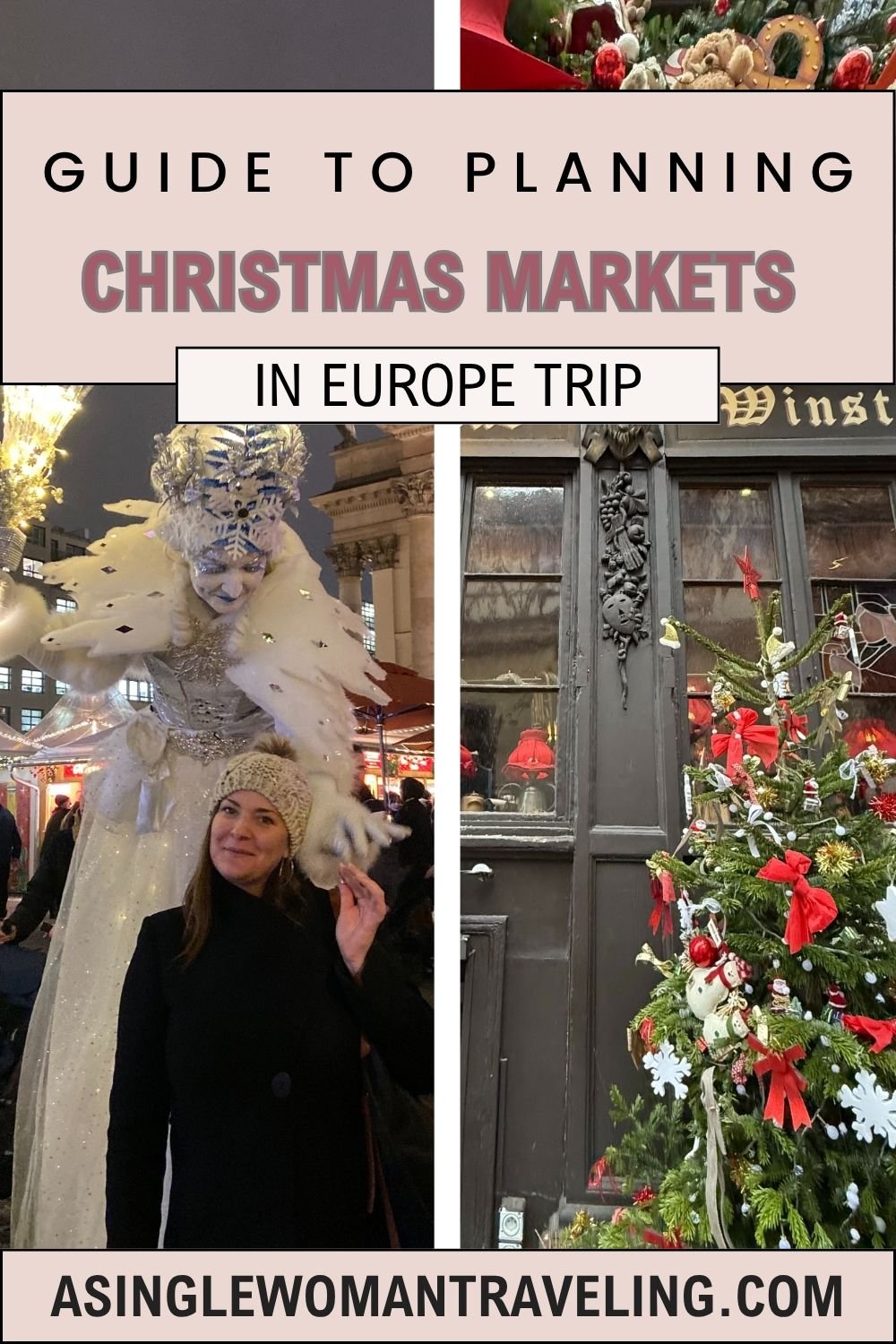
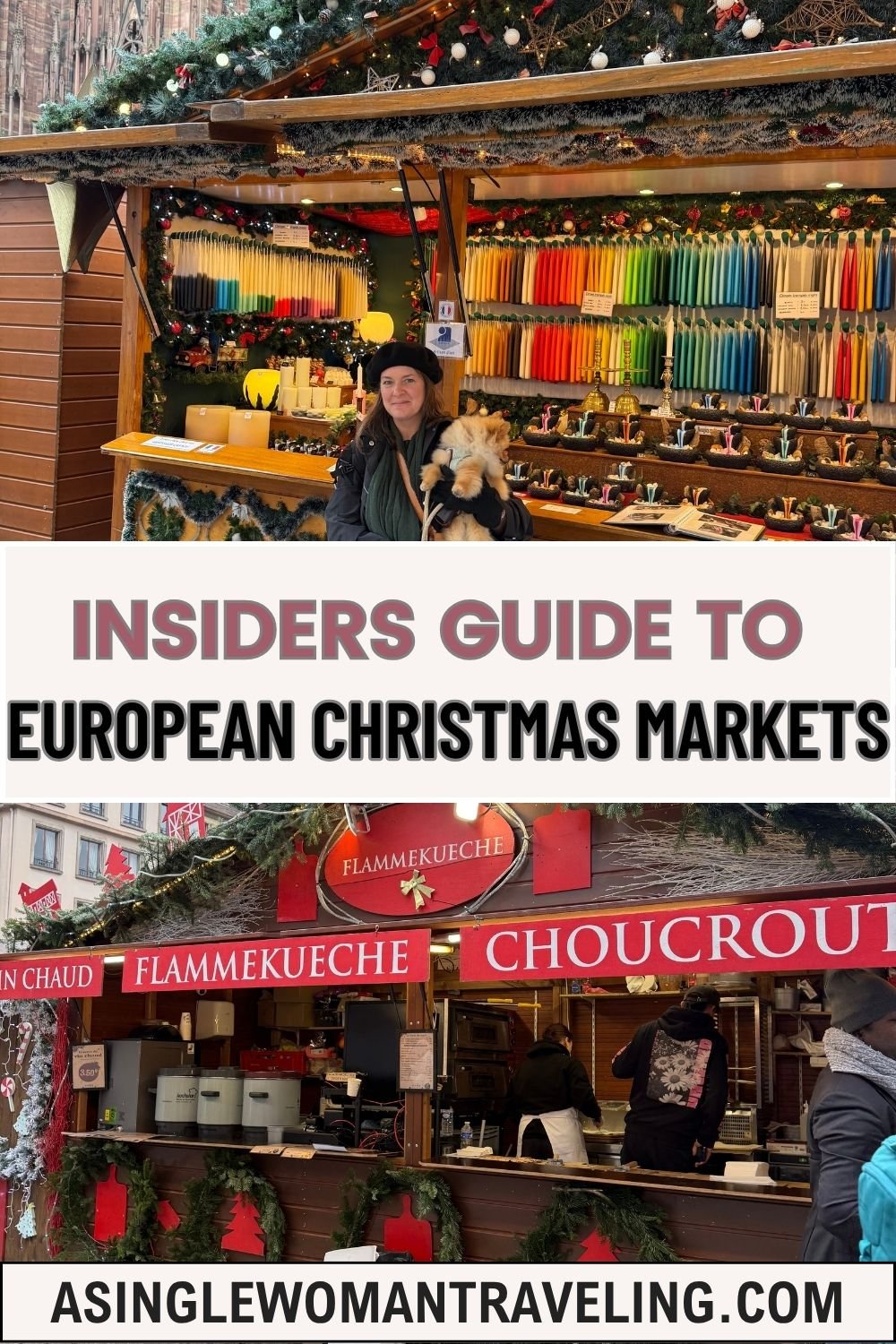
Types of Christmas Markets in Europe and How to Choose
Choosing the right Christmas markets in Europe can shape your entire trip. From huge city celebrations to cozy village squares, each style offers a completely different experience.
In my opinion, there are three main types of Christmas markets you’ll want to know about before you plan.
You don’t want to visit the major markets and leave thinking, that’s all there is? You could leave disappointed.
1. The Major City Markets
Think Berlin, Vienna, Paris. These are the mega markets with Ferris wheels, ice skating rinks, and a full-on carnival atmosphere. They are big, bold, and packed with energy.
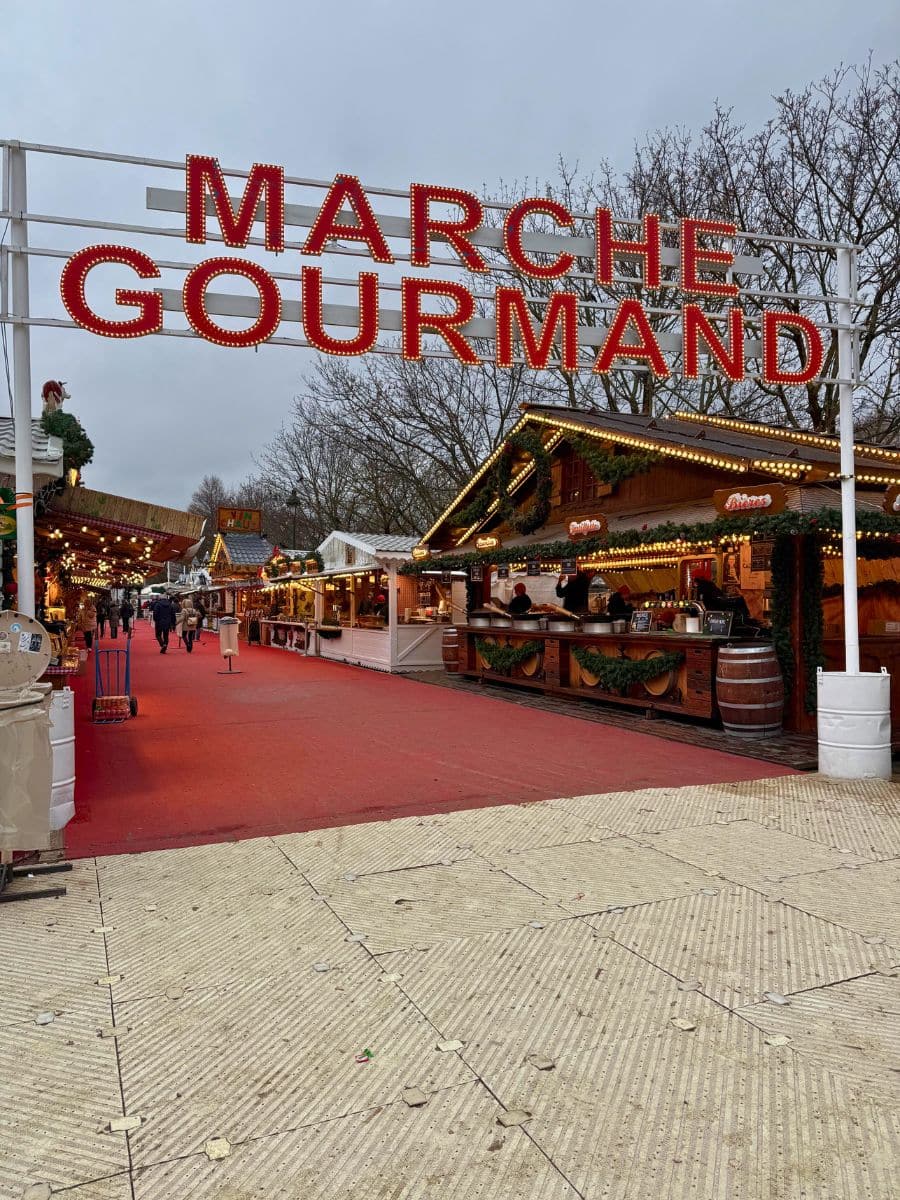
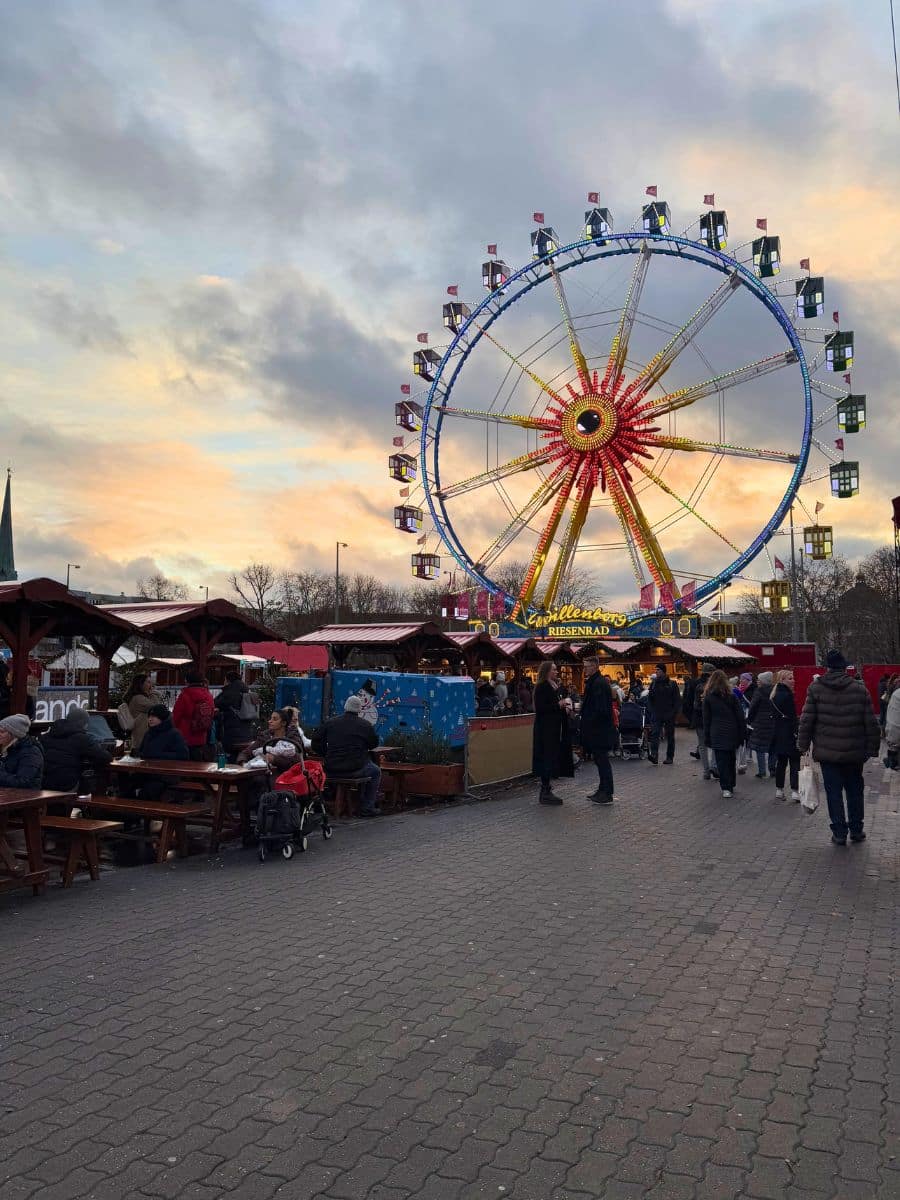
2. The Smaller Historic City Markets
Usually about an hour or so outside a major city. Examples would be places like Potsdam, Strasbourg, Heidelberg, or Bamberg. These are more idyllic, without the flashy rides and large-scale carnival feel. They may still draw big crowds, but they are smaller, cozier, and more charming in atmosphere. I love looking at Google Maps and then seeing what cities are closest to my base city and researching from there.

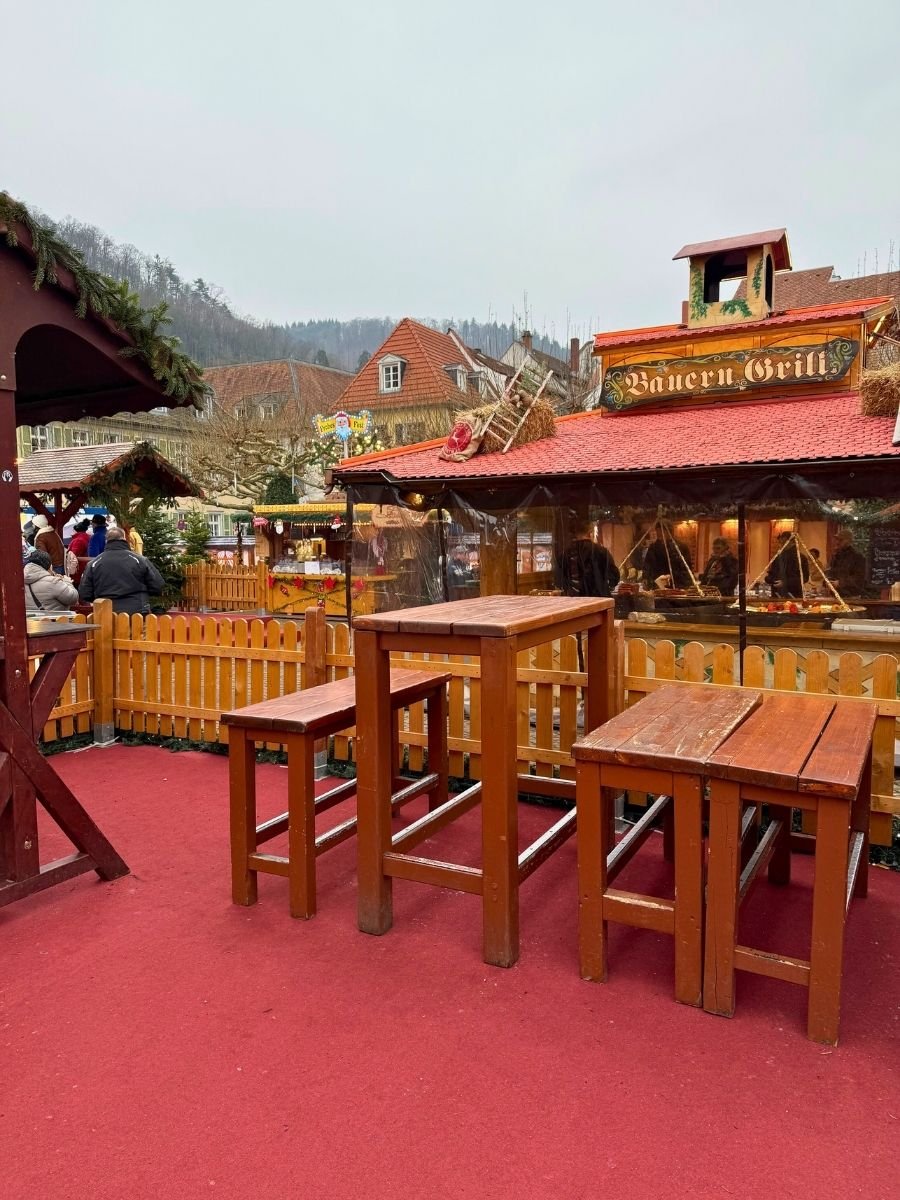
3. The Pop-Up or Advent Weekend Markets
These are the gems you only find on certain weekends during Advent. They often feature more local vendors, handmade crafts, and artisanal goods. If you want something truly unique, these are hard to beat. To find these Advent markets, you want to search the city you are visiting and go to the official city website.
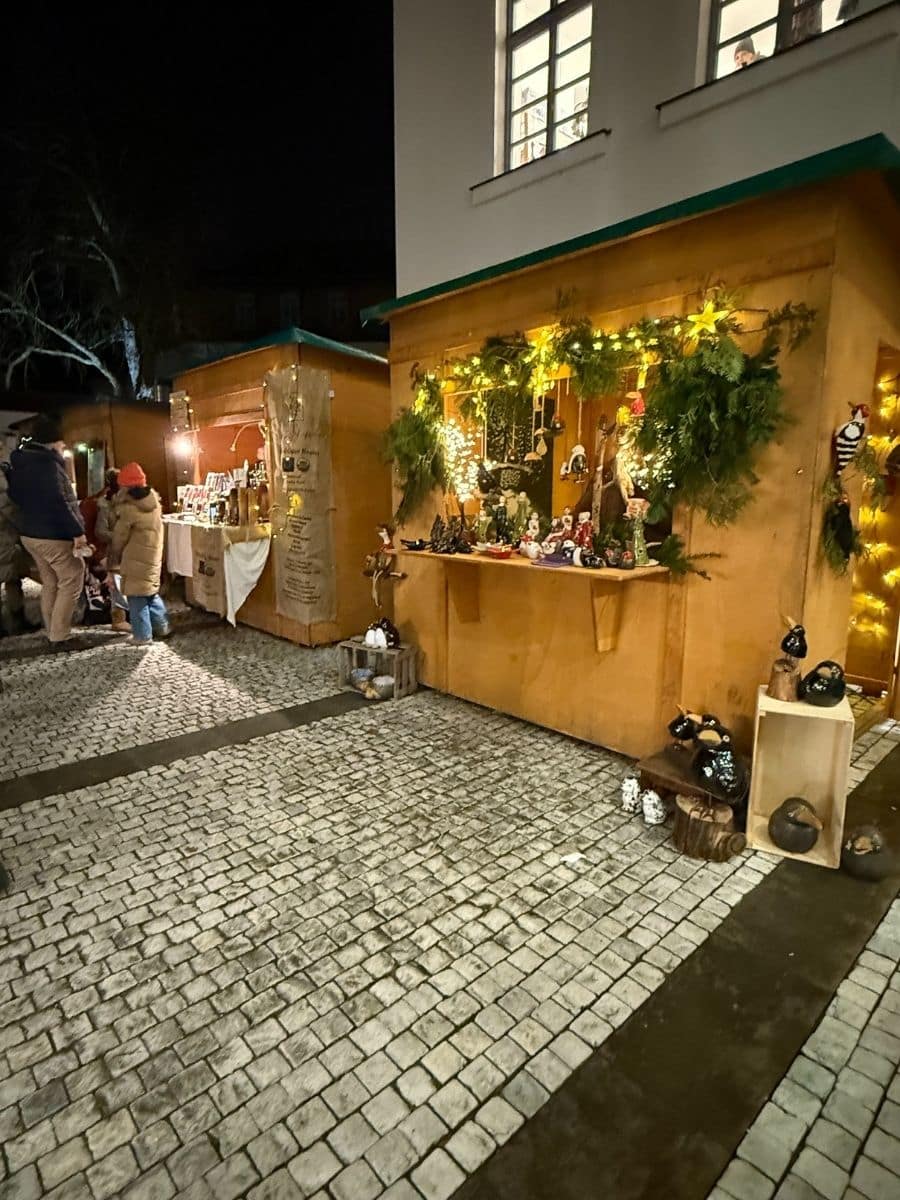
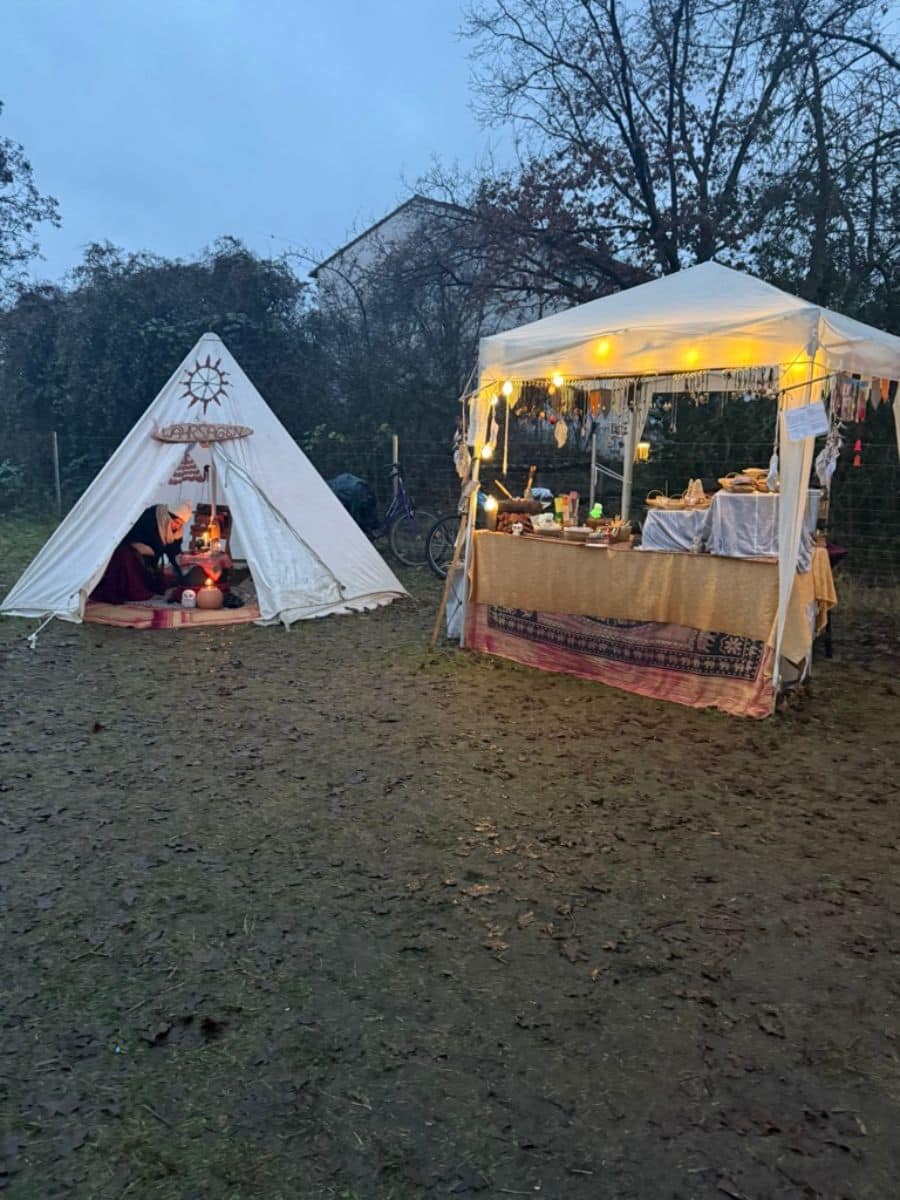
My Favorite Off-the-Beaten-Path Christmas Markets
I get the appeal of the big names like Nuremberg, Cologne, and Vienna. They are famous for a reason.
But some of my favorite Christmas market memories are from places I never expected. For example, Riga in Latvia has this picture-perfect old town that feels like stepping into a snow globe.
If you are looking for real small-town markets, here is a list of my favorites:
- Luneburg, Germany
- Lübeck, Germany
- Schwerin, Germany
- Gdansk, Poland
- Meissen, Germany
- Verona, Italy
- Bologna, Italy
Combining Major City, Small Town, and Advent Weekend Markets
When I plan my Christmas market trips, I always aim for a mix of all three types, starting with one major city as my base. Often, I choose that first city based on the best flight options. From there, I take day trips to smaller towns and time my visits to overlap with special pop-up markets.
Like many travelers, I often get inspiration from Instagram or TikTok. So let’s say you have your heart set on a specific destination that is not a major city. That can still work beautifully; you just need to plan your itinerary so you can also enjoy the surrounding markets.
Once you’ve mapped out the types of markets you want to see and where you’ll base yourself, it’s time to think about how you’ll travel.
A Christmas market trip can look very different depending on whether you’re going solo, bringing the whole family, or keeping an eye on your budget.
The magic is still there in every case, but the way you plan, pace, and prioritize will make all the difference.

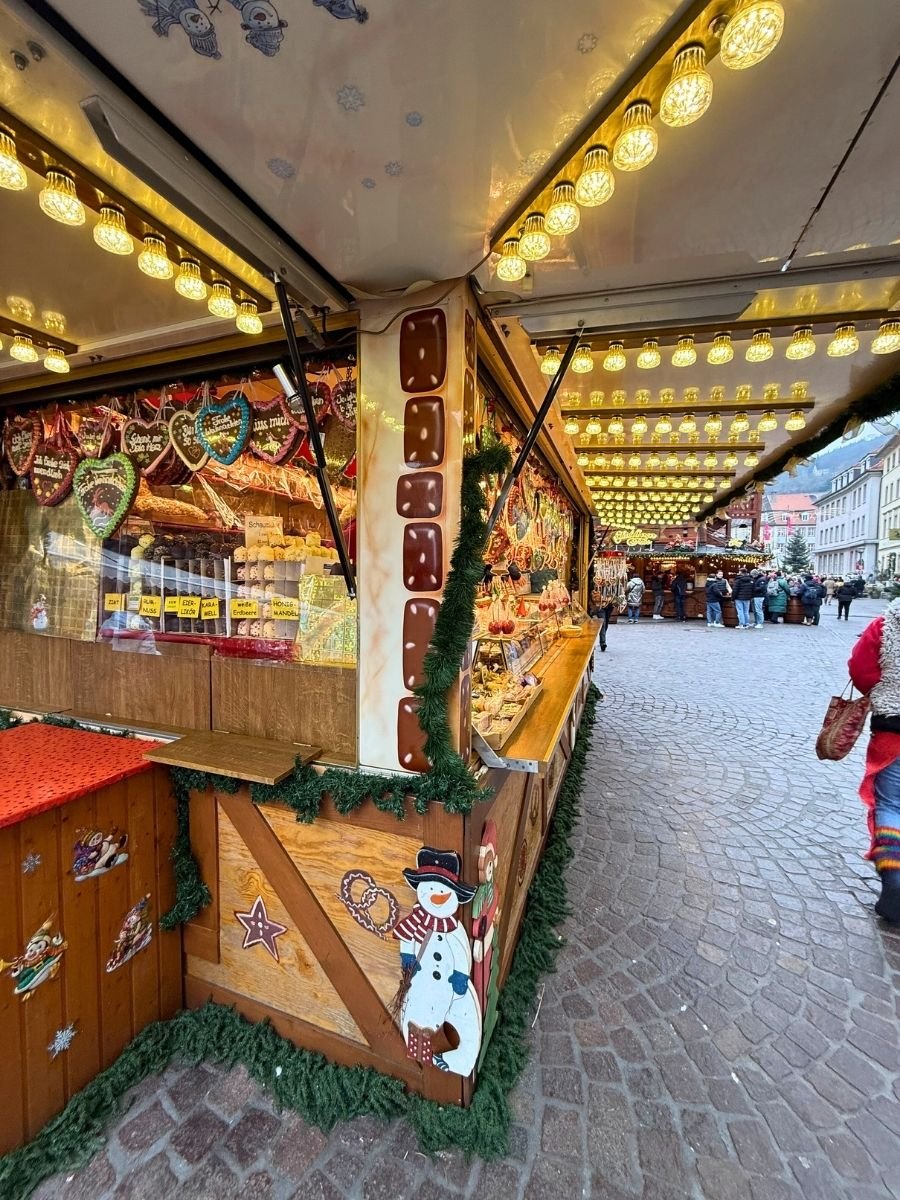
How Many Days Do You Need For Christmas Markets
This really depends on the city. For example, Berlin has over 70 markets. And no, I haven’t been to all of them, but there are several that you don’t want to miss and they are scattered around the city. I would plan at least 5 days in Berlin alone, and then focus on the other areas.
My advice is to research the markets in the city, map out the transit, and then go from there.
European Christmas Market Planning Tips for Solo Travelers
Traveling alone in Europe at Christmas can be magical, but it can also feel a bit lonely if you are not prepared. I know because most of my trips are solo, and I have learned a few things along the way.
- Base yourself in larger cities. There is simply more to do, and you can also join tours if you’d like some company.
Visit markets in the late afternoon. Arriving around 16:00 means fewer crowds, shorter lines for that mug of glühwein, and plenty of time to enjoy the lights as they switch on.
Choose social dinner spots. It can be tricky to find restaurants with bar seating in many European cities, but if you spot one, go for it. Otherwise, look for lively communal-style venues. - Plan for closures over Christmas week. Many businesses shut down, so stay in major cities and choose hotels that serve breakfast, lunch, and dinner.
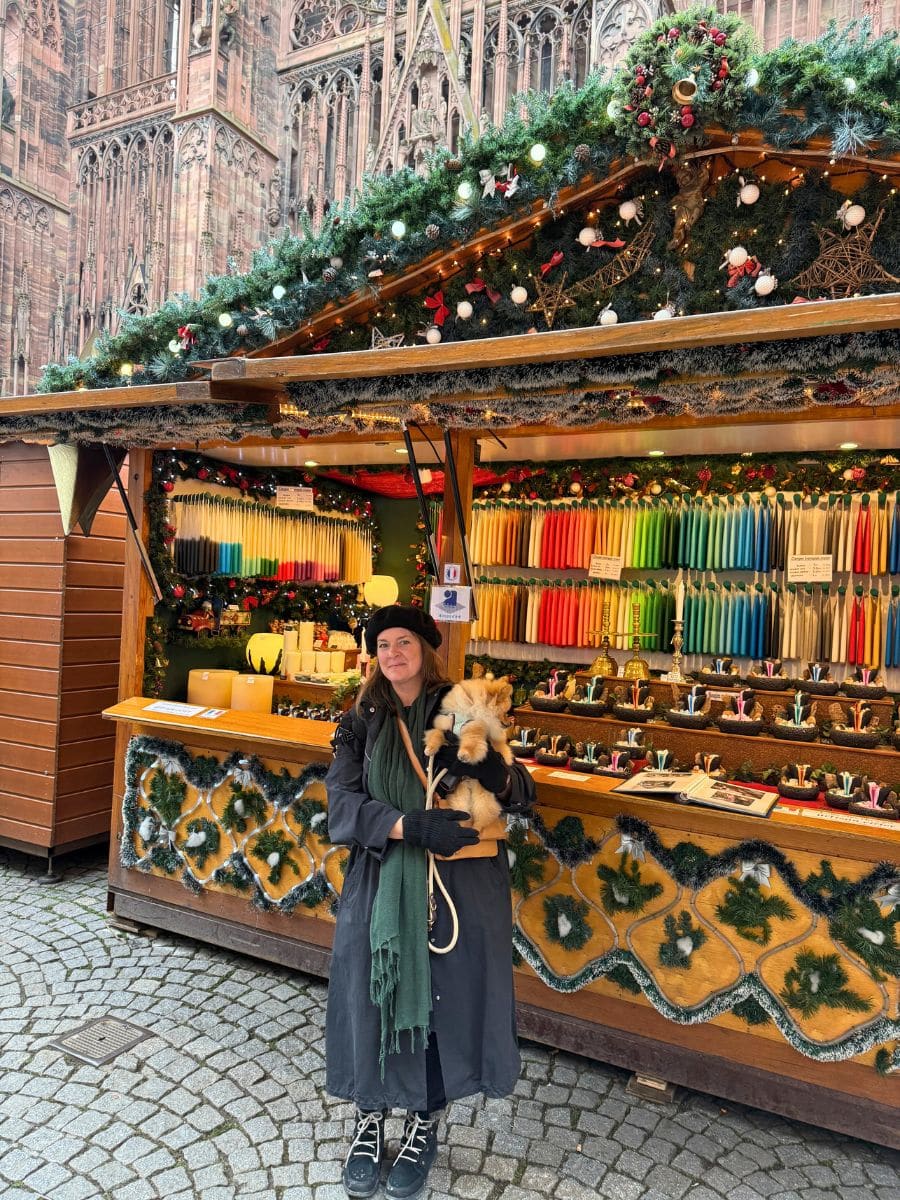

Family-Friendly Christmas Market Tips for Europe
I do not have kids, but I have been to plenty of markets with friends who do, and I have picked up a few tricks from their experience. These small adjustments can make a Christmas market trip much smoother for the whole family.
- Visit earlier in the day. Arriving before the evening rush means fewer crowds, shorter lines, and less chance of tired meltdowns.
- Pick markets with family-friendly activities. Look for places with carousels, small rides, or ice skating rinks so the kids can burn off some energy. The official city websites usually have details on which markets are best for families.
- Dress for warmth and comfort. Layer up with hats, gloves, and waterproof boots. A thermos of hot chocolate and some snacks can be a lifesaver when food lines get long.
- Stay close to the action. Being within walking distance of the main market makes it easy to pop back to your hotel for breaks or naps.
- Plan downtime. Between markets, schedule indoor activities like museums, aquariums, or just relaxing in your hotel lounge.
Christmas Market Planning Tips for Traveling on a Budget
There is no easy way to say this, but Christmas markets can get expensive fast. Hotel prices in December, especially in popular cities, can be downright shocking.
Be prepared for that reality and plan ahead to make your trip as affordable as possible without sacrificing the magic.
- Work those credit card rewards. I like to rack up miles and points throughout the year and then use them for my hotel stays during the Christmas market season. This can save hundreds of dollars.
- Pay in the local currency– When paying with a credit card, always pay in the local currency. The exchange rate will be better from your bank than from the machine that does it on the spot.
- Book early. Prices rarely go down the closer you get to December, and the best-value rooms go quickly. The earlier you book, the more options you will have.
- Consider smaller cities as your base. Staying outside the main tourist hubs can lower hotel costs, and you can easily take day trips to bigger markets.
- Take advantage of the pfand system. Most markets charge a deposit for mugs (often €2–€5). If you return the mug, you get the deposit back. Keep a few as souvenirs, but return the rest, it adds up.
- Use public transport. Many cities have affordable day passes or group tickets that make hopping between markets cheaper than taxis or rideshares.
- Limit sit-down meals. Market food is often cheaper (and more fun) than restaurants. Split larger portions with your travel companions so you can try more dishes without overspending.

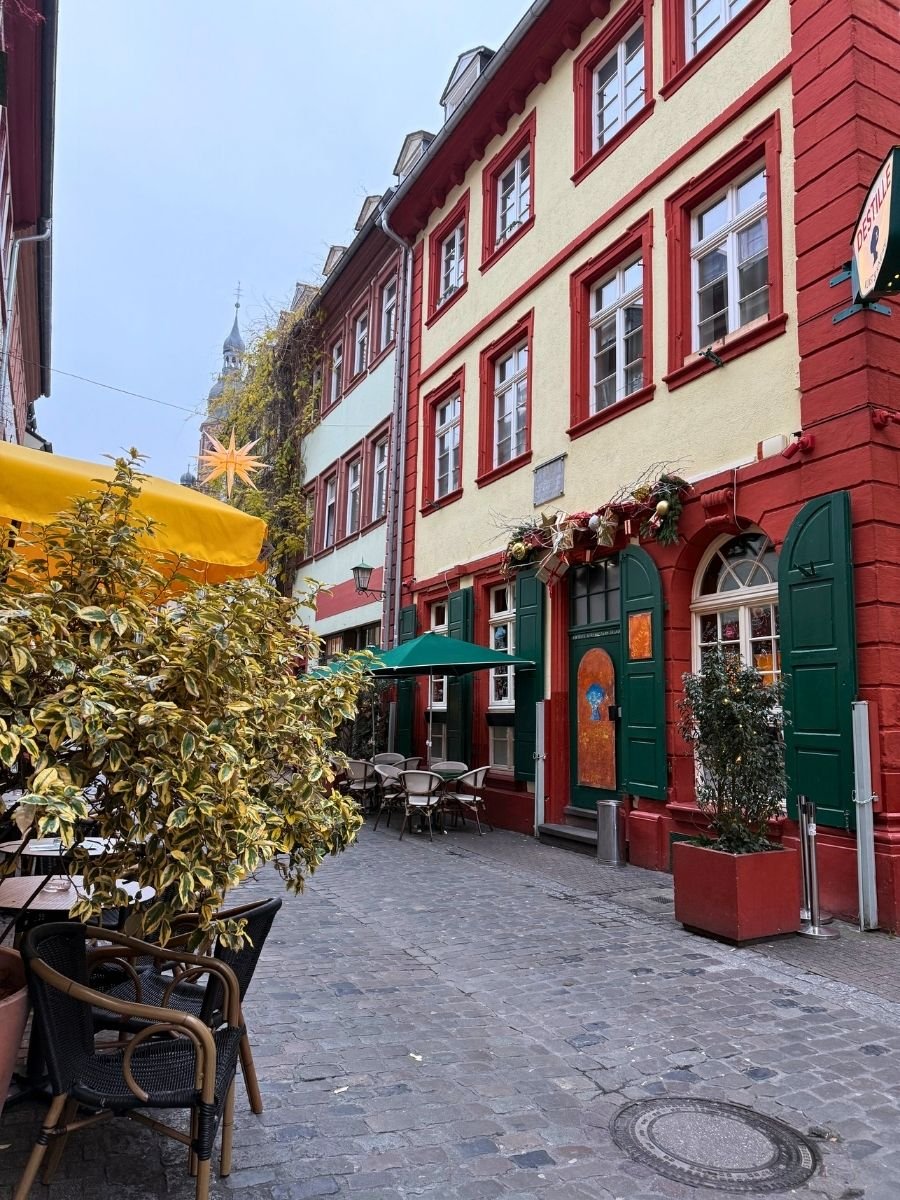
Best Time to Visit European Christmas Markets (Pros and Cons)
Christmas markets in Europe typically open in mid-November, with many continuing until Christmas Eve.
A few, especially in larger cities like Vienna or Munich, continue into the first week of January. The time you go can completely change your experience, so it is worth thinking about what matters most to you.
Going Early (Mid–Late November)
- Pros: Lighter crowds, better hotel availability, lower prices, and you can often get flight deals before the December rush.
- Cons: The weather may feel less wintry (depending on the year), and the festive build-up is just beginning, so it might not feel fully Christmas yet.
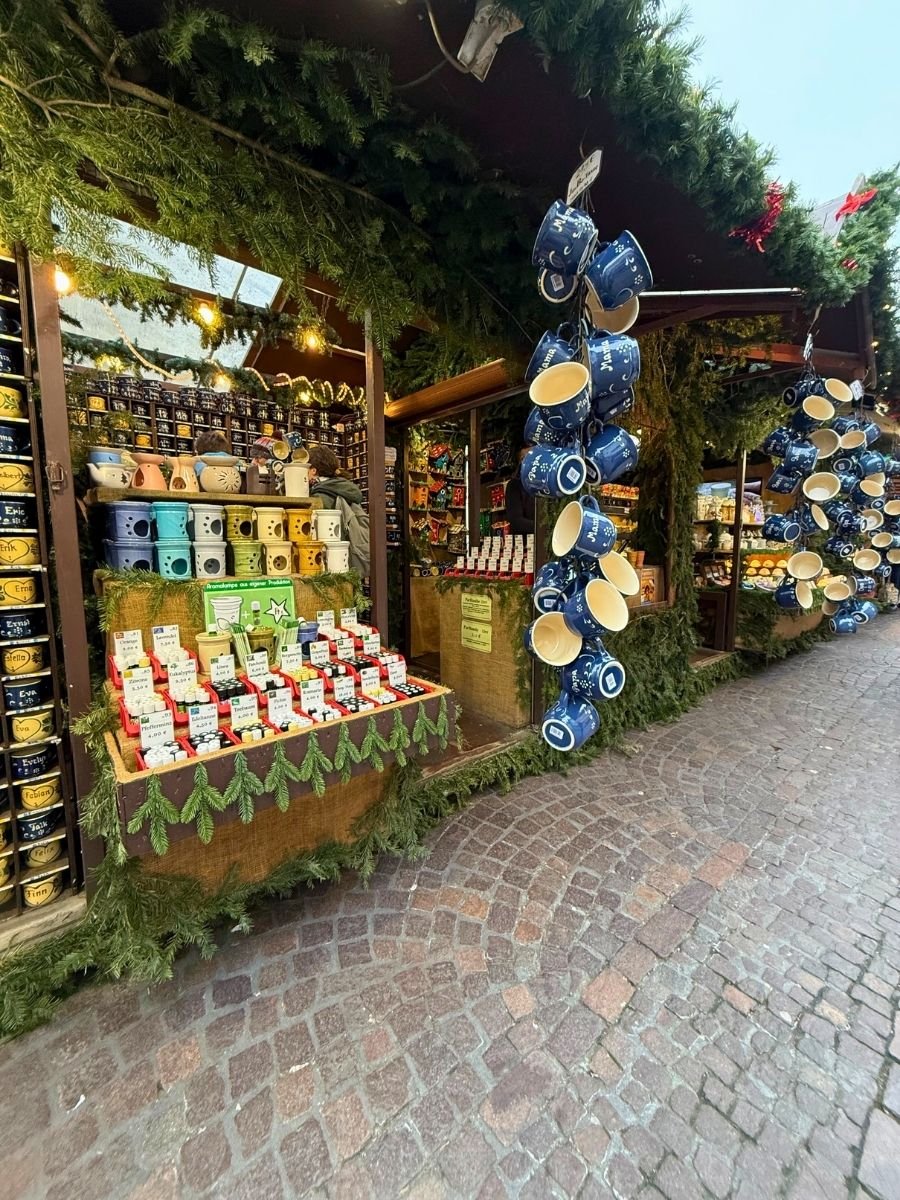

Peak Season (Early–Mid December)
- Pros: Maximum festive atmosphere — everything is lit up, markets are in full swing, and events are happening daily.
- Cons: Higher hotel prices, busier streets, and weekend crowds that can get intense. Book restaurants and activities in advance.
Right Before or During Christmas Week
- Pros: Feels extra magical with all the decorations and Christmas Eve traditions.
- Cons: Many smaller markets close by the 23rd or 24th, and businesses often shut down over the holidays. Hotels are expensive, and dining options may be limited — so pick accommodations with on-site meals or self-catering.
Tip: No matter when you go, weekdays are always quieter than weekends. If your schedule allows, plan your main market visits for Monday through Thursday to get the most relaxed experience.
How to Plan a Christmas Market Itinerary in Europe
Once you know when you are going, it is time to figure out how you will structure your trip. There are a few ways to do it, and the “best” option really depends on your flights, your budget, and how much you like moving around.
Base in One Location
If you are flying in and out of the same city, it often makes the most sense to stay in one place and take day trips to nearby markets.
This keeps things simple, especially if you are traveling with luggage you do not want to haul between hotels. Many of Europe’s best markets are only an hour or two apart by train, so you can still see a variety without changing hotels every night.

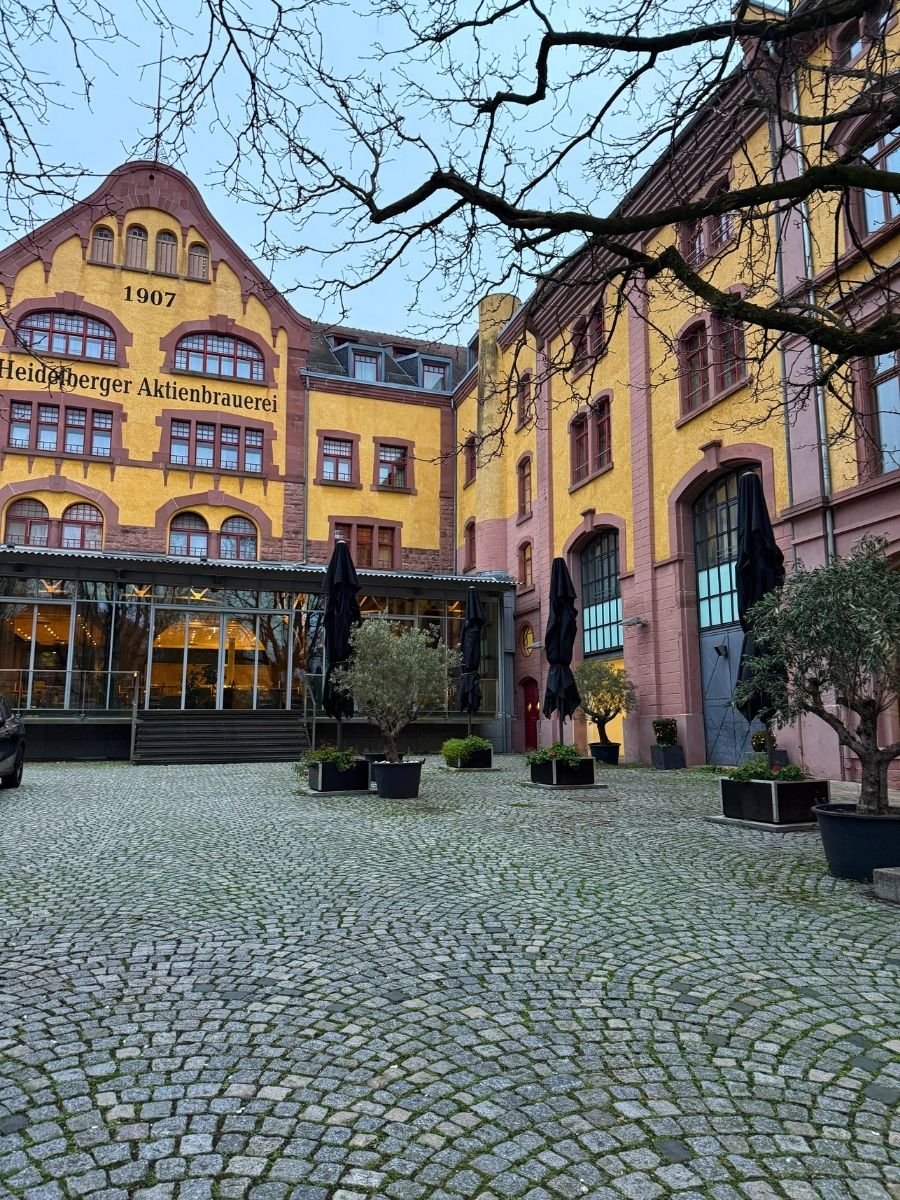
Do a Traveling Itinerary
If you want to cover more ground, you can start in one city and end in another, this is where the Open Jaw method for flights comes in.
With an open-jaw ticket, you fly into one city and out of another without having to backtrack.
For example, you could fly into Munich, work your way through smaller Bavarian towns, and then fly home from Vienna. It can save time and sometimes even money.
Just remember to factor in transportation costs between your start and end points. I have a travel planning template you might really find helpful.
Research Smart
It is fun to use ChatGPT to brainstorm itinerary ideas, train routes, and market combinations. I do it all the time, but it is essential to fact-check.
Always double-check routes, schedules, and market dates on official city websites, and read a few recent blog posts from travelers who have done the same trip.
Things like opening hours, train connections, and even market locations can change from year to year.
Where to Stay
Where you stay can make or break your Christmas market trip, especially in cold weather when you will want easy access to your room for warm-ups and quick breaks.
Stay Close to the Action
If your budget allows, choose accommodation within walking distance of the main market. Being able to pop back to drop off shopping bags or warm up over tea before heading out again is a game changer. I always use Booking.com to find my hotels.


Think Beyond Hotels
While hotels are the obvious choice, do not overlook cozy guesthouses, apartments, or even small boutique inns. Apartments can be great for families or longer stays since you can cook simple meals and save on dining costs.
Book Early — Really Early
December is peak travel season in many Christmas market cities, and prices can be shocking. Booking several months ahead will give you more choices and better rates. **If you have points or miles, this is the time to use them.
Match Your Stay to Your Itinerary
If you are doing a one-city base with day trips, pick somewhere central to train stations or bus hubs. If you are on a traveling itinerary, focus on properties close to public transport so you can roll in with your luggage and be settled quickly.
Holiday Week Considerations
If you are visiting during Christmas week, some restaurants and grocery stores will be closed. Consider staying in a hotel that serves breakfast, lunch, and dinner, or in an apartment where you can self-cater.
How to Travel Between Christmas Markets in Europe
One of the best things about the Christmas market season in Europe is how easy it is to get from one market to another, if you know your options.
Trains Are Your Friend
Europe’s rail network is incredibly efficient, especially between major market cities. Deutsche Bahn is where I start looking for my tickets. For day trips, regional trains are usually the most budget-friendly and run frequently. For longer distances, book high-speed trains in advance to get the best fares. I have seen tickets book out like the route from Paris to Strasbourg, so get tickets in advance.
Public Transport in Cities
Most Christmas market cities have excellent tram, metro, or bus systems. Look into city passes, many offer unlimited rides for a set number of days and sometimes include free or discounted entry to attractions. This can save you both money and time fumbling for tickets.
Walking Is Part of the Magic
Many markets are located in historic old towns where cars are restricted, so be ready to walk. Comfortable shoes are non-negotiable, especially on cobblestones.
Driving in Winter
If you decide to rent a car, check local laws on winter tires and be prepared for limited parking in historic centers. Driving can be great for reaching remote villages, but it is not the most practical for big cities with excellent public transport.
Plan Around Peak Times
Trains and buses can get crowded right after markets close in the evening. If you want to avoid the crush, linger a little longer with a final mug of glühwein or leave just before the evening rush starts.
What to Pack For Christmas Markets
Packing for Christmas markets is all about staying warm, dry, and comfortable.
- Layers are key. Thermal base layers, a warm sweater, and a waterproof coat will cover most situations.
- Good shoes. Waterproof boots with good grip for icy or wet streets.
Cold-weather accessories. Hat, gloves, scarf, and thick socks — you will thank yourself later. - Reusable tote bag. Perfect for carrying gifts and snacks from the markets.
- Portable phone charger. Photos, maps, and translation apps drain batteries fast in cold weather.
Final Tips for a Christmas Market Trip
- Check the official dates of every market you want to visit before you book anything. They vary from city to city and can change year to year.
- Have some cash on hand. Many stalls are still cash-only, especially for smaller purchases.
- Download offline maps. Cobblestone alleys and old towns can be tricky to navigate without a signal.
- Layer your clothing. Cold weather outdoors and warm indoor spaces mean you will want easy-to-remove layers.
- Keep receipts for VAT refunds. If you make larger purchases, you may be able to claim back the tax when leaving the EU.
- Travel insurance is worth it. Winter weather can cause delays, and you will want coverage for cancellations or lost luggage.
Planning a Christmas market trip in Europe takes a little extra thought, but it is so worth it. With the right timing, the right mix of markets, and a smart itinerary, you can avoid the common pitfalls and soak up every bit of holiday magic. Whether you are wandering solo with a steaming cup of glühwein, watching your kids ride the carousel in a twinkling square, or stretching your budget with a few clever hacks, the memories you make will be unforgettable.
So start planning early, pack those cozy layers, and get ready to experience the kind of Christmas spirit you will never find in a shopping mall back home.
🎄 Christmas Market Planning Resources
Planning & Tips
- Everything You Need to Know to Plan a European Christmas Market Itinerary
- Best Guide of European Christmas Markets Tips
Alone at Christmas?
Germany
- 2 Day Berlin Christmas Markets Itinerary + Map
- Best & Worst Berlin Christmas Markets
- Heidelberg or Bamberg? Which is the Better Christmas Market?



